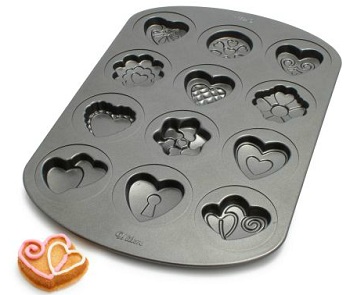
Edible seeds – such as chia and flax seeds – are becoming more and more common, with the potential health benefits of adding them to your diet touted loudly by their packaging. But although they are small, the little seeds are something of a mystery to many bakers and chefs who often aren’t sure how they’re supposed to use them! Fortunately, these edible seeds are actually very easy to work with and you don’t have to take any unusual measures to enjoy their benefits if you want to start incorporating them into your baking.
Flax and chia seeds are two seeds that are very popular right now. They have very little flavor, especially in small amounts, and can be incorporated into anything from smoothies to breads simply by stirring them in. Flax seeds are difficult to digest, however, so you will get a bigger nutritional boost by grinding them up (or just buying flaxseed meal) before using them. Chia seeds are easier to digest and can be used whole.
Poppy seeds are another small seed that is commonly found in the kitchen. Although they don’t get the press that flax and chia seeds do, they can still be a good source of protein and fiber. They have very little flavor in small amounts and can be simply stirred in to any recipe that you might want to add them to, just like flax and chia seeds. Since they are a bit larger than those two seeds, they give baked goods a very attractive speckled look when incorporated.
Sunflower, pumpkin and sesame seeds are more familiar to most of us as ingredients, mostly because they have much more distinctive flavors than smaller seeds do. You can actually treat these seeds a lot like nuts. They can be toasted to deepen their flavor, which is much stronger than the flavor of smaller seeds. They can be stirred in to cookie dough and other baked goods whole. They’re a great addition to granola or other snack mixes, too. And both sesame and sunflower seeds can be pureed into tasty versions of peanut butter (called tahini in the case of sesame seeds).






What do you think?